Spider Mites: What Are They And How To Get Rid Of Them
Spider mites are a common pest of plants and cause damage by sucking plant juices from the leaves. They can be controlled with natural and chemical means.
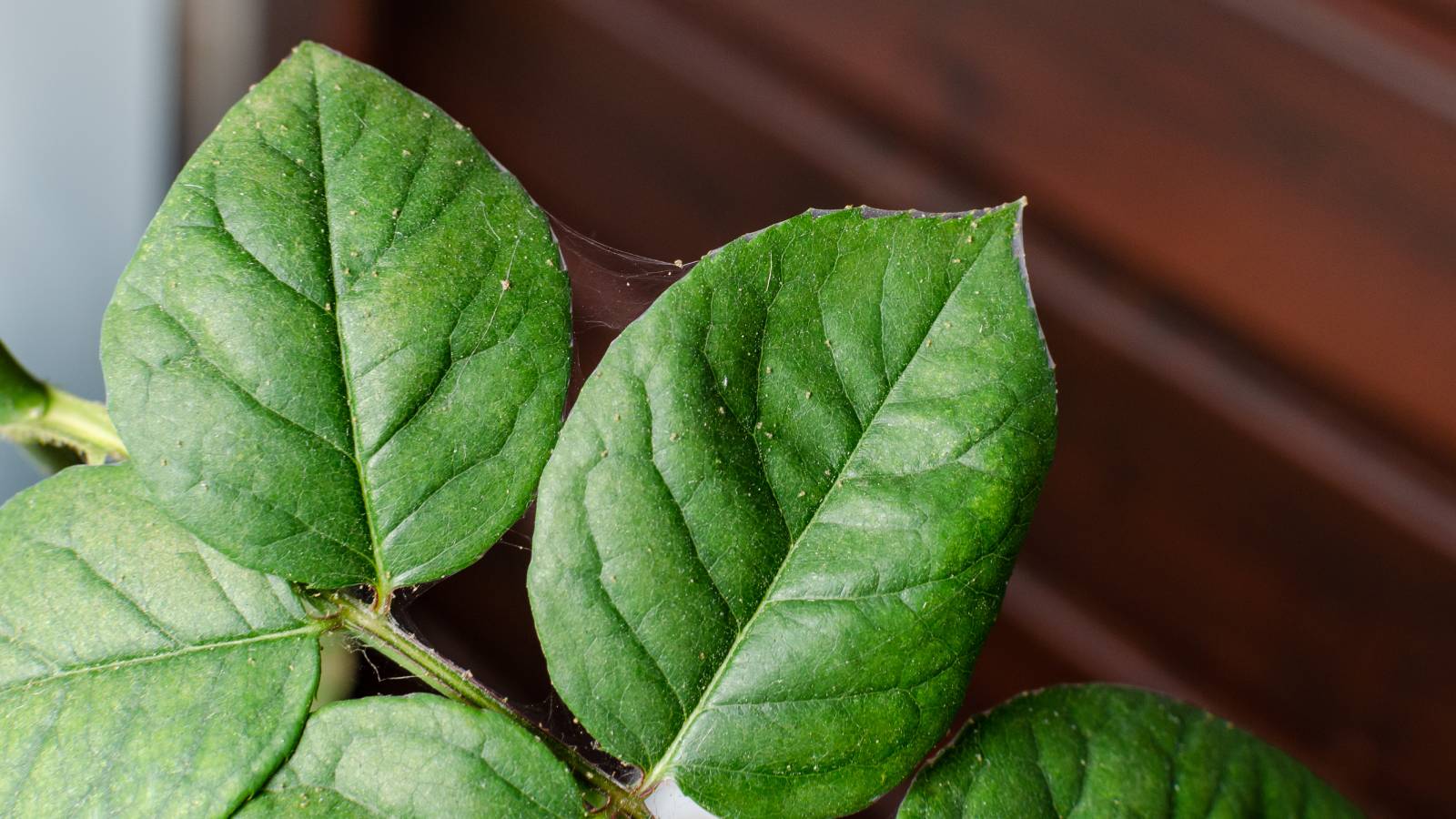

Spider mites (Tetranychidae) are a common pest of household and outdoor ornamental plants as well as edible plants. Even though they are almost too small to see, they can do a lot of damage in numbers. Treating spider mites is possible with natural and chemical means.
Spider Mite Life Cycle
Spider mites are a type of arachnid, similar to spiders and ticks. Some spider mites overwinter as adults in the soil; others overwinter as adults in bark crevices. Still others overwinter in the egg stage on leaves and stems, then hatch in the spring. Eggs are translucent, changing to cream color as they mature. Depending on the species and weather, spider mites develop from egg to larvae to adult in 5 to 21 days.
What Do Spider Mites Look Like
They have eight legs and an oval body with two red eyespots near the head. Females have a dark blotch on their sides and bristles on their body and legs.
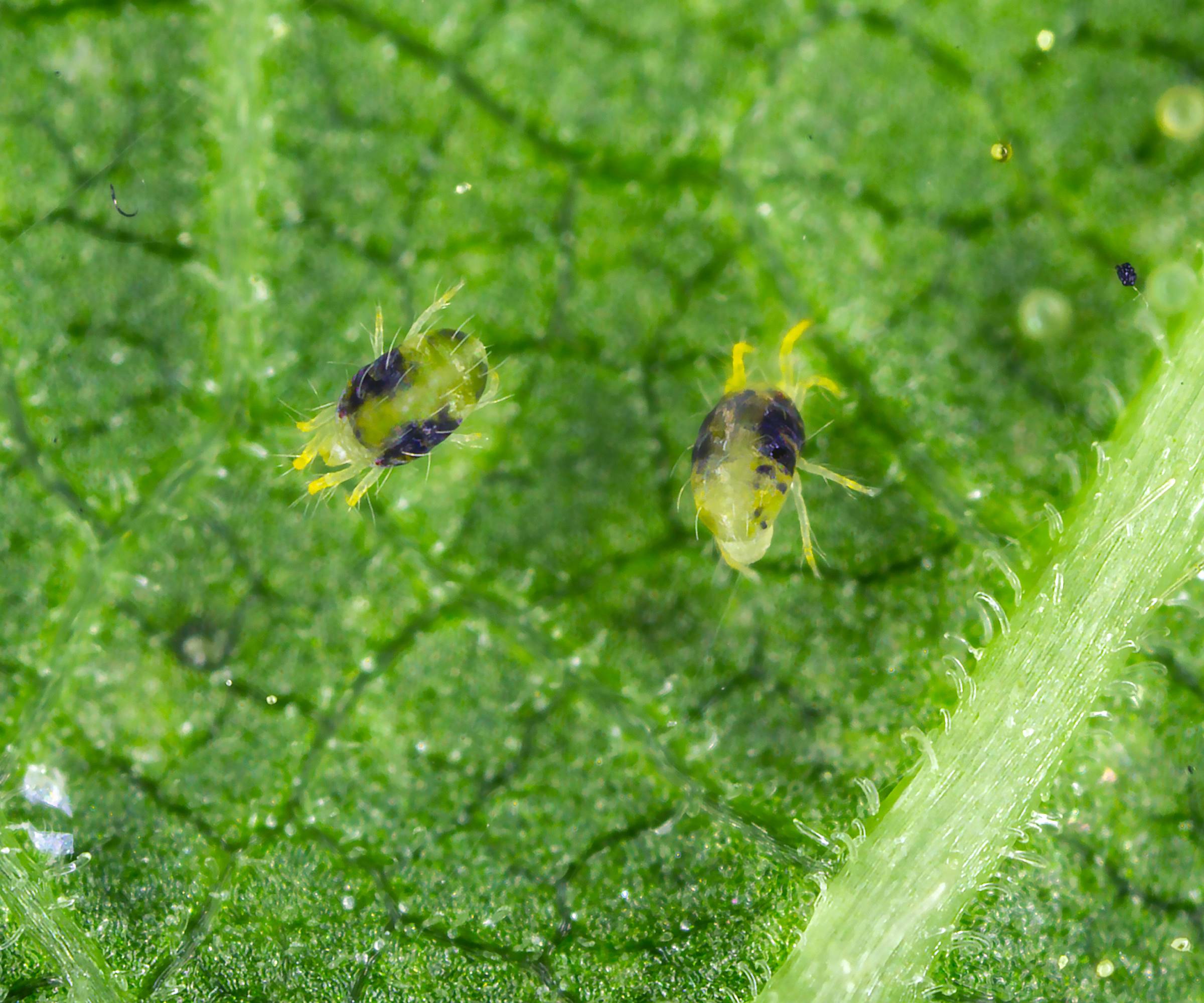
Types of Spider Mites
The twospotted spider mite (Tetranychus urticae) is the most often seen spider mite. There are hundreds more, including more host specific mites such as the spruce spider mite (Oligonychus ununguis) that is found on spruce, arborvitae, juniper, hemlock, pine and other conifers. The boxwood spider mite is found only on boxwood.
What Causes Spider Mites?
Spider mites often are brought home with newly purchased plants or blown in on the wind. Dusty areas or water-stressed plants are more susceptible to spider mites.
How to Identify Spider Mite Damage
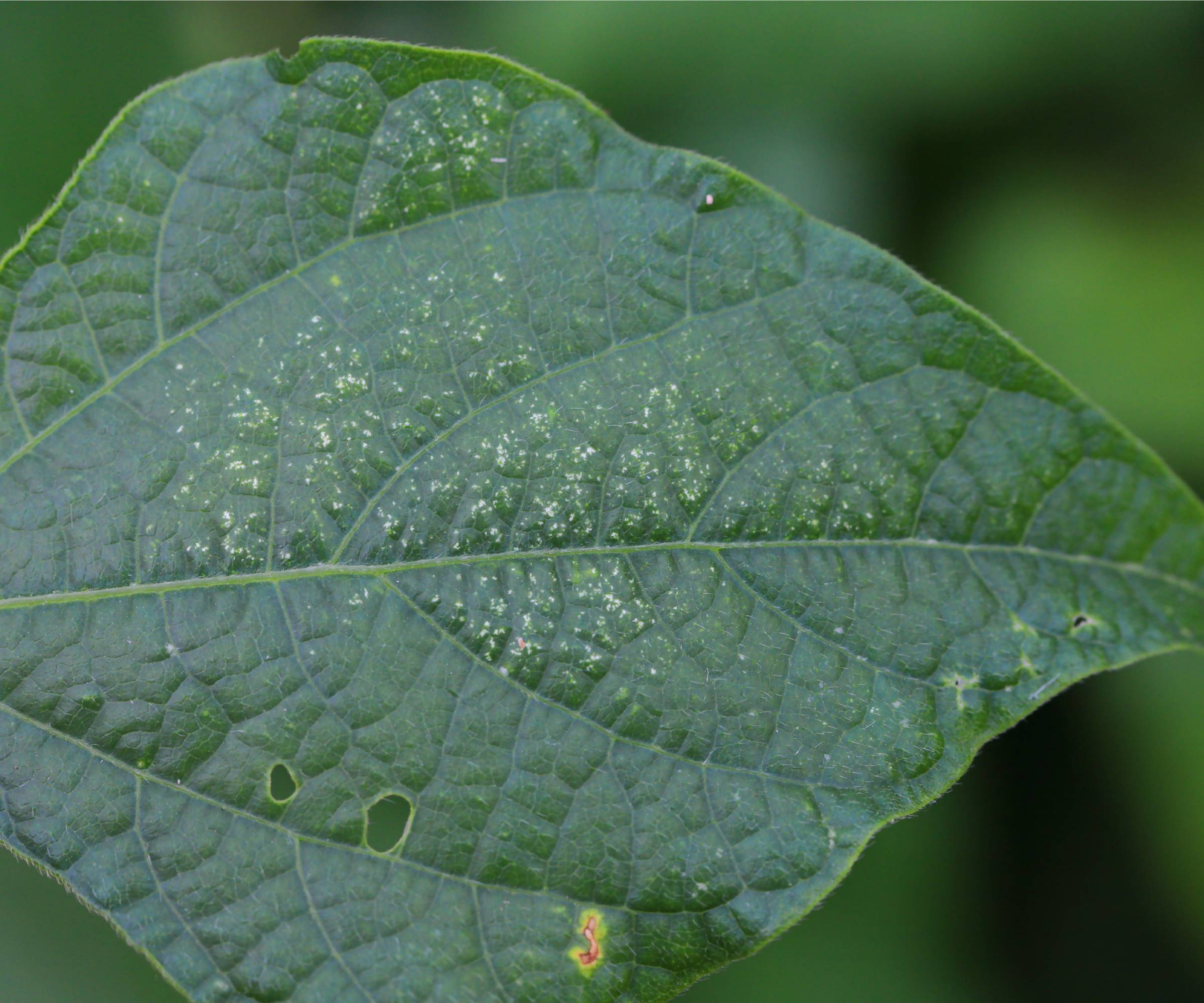
The most obvious sign of spider mite damage is stippling on the upper surface of leaves. Upon closer inspection it looks like tiny dots or flecks on the leaves. These marks are caused by spider mite feeding. The spider mite inserts its needle-like mouthpart into plant cells and sucks up the contents, leaving the outer rim of the cell. This behavior accounts for the tiny dots in the leaves. Eggs, eggshells, and cast skins are visible on the underside of the leaf with the aid of a 10X hand lens.
As the infestation grows, the leaves take on a yellowish or grayish cast. You also may see webbing on the leaves which helps propel the tiny mite to uneaten sections.
Sign up for the Gardening Know How newsletter today and receive a free copy of our e-book "How to Grow Delicious Tomatoes".
The mites are so small it is almost impossible to see them without the aid of a magnifying glass or strong reading glasses. One way to identify the pest is to hold a sheet of white paper beneath some plant leaves. Tap sharply on the leaves, and if tiny black specks appear to be moving on the paper, your plant has spider mites.
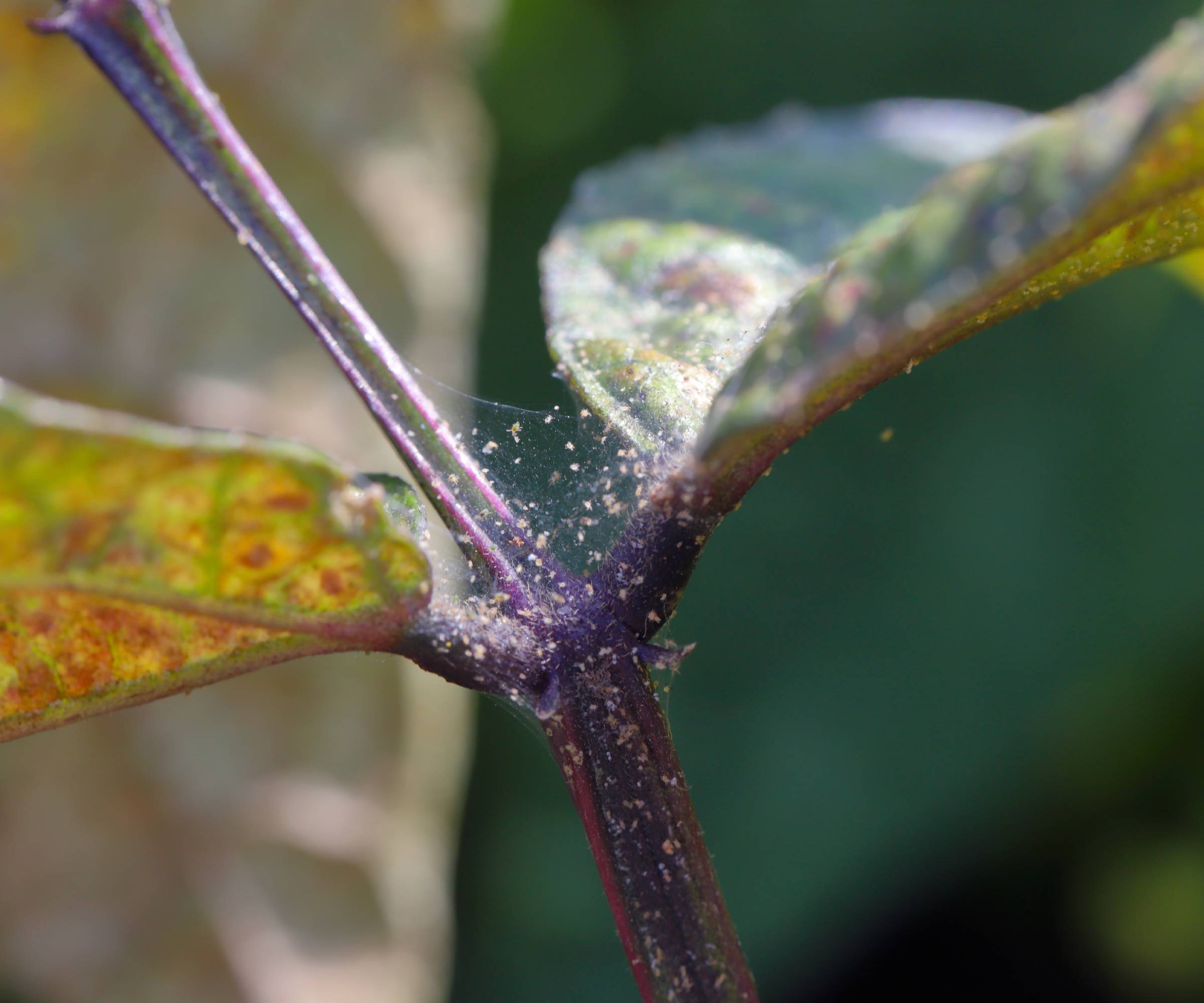
How to Prevent Spider Mites
Keeping plants healthy and well watered can help prevent infestations. Also, isolating new plants for a couple of weeks can help keep mites from spreading.
How to Get Rid of Spider Mites
Spider mites can be dealt with by using natural control methods or chemical controls. If the infestation is severe, chemical means might be the preferred method to save your plant.
Natural Control Methods
An easy, natural way to reduce the presence of spider mites is to rinse the plant’s leaves with water. A steady stream of water should knock most of them off the leaves. Rinse all parts of the plant for the best result.
If you have a diversity of plants in your landscape, biological controls may take over for you. Predatory mites, thrips, and lady beetles are natural enemies of spider mites. Predatory mites can be purchased online but it is recommended you know what kind of mites are infesting your plants before purchasing.
Chemical Control Methods
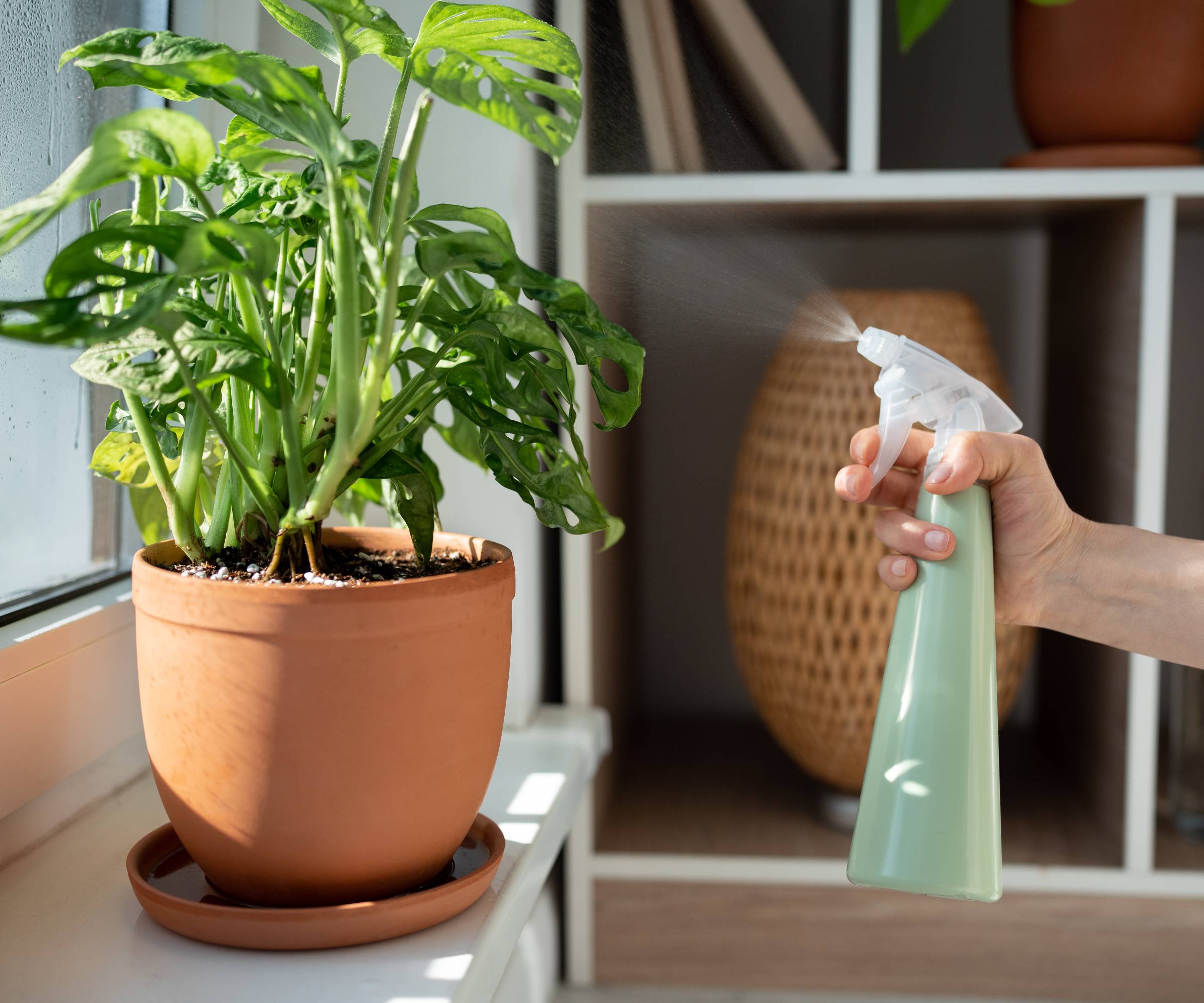
Chemical controls may be necessary if the infestation is severe. Neem oil, horticultural oils, and homemade insecticidal soaps work well and have no residual activity, so repeated applications may be needed. We recommend this Bonide Captain Jack's Neem Oil from Amazon. Be sure to spray all parts of the leaves and stems because contact with the mites is necessary.
Miticides, like this BioAdvanced Mite Control Spray from Amazon, will kill spider mites, but they also will reduce beneficial insects outside. Avoid using insecticides as they tend to increase the mite population as well as kill beneficials.
Read and follow all pesticide label directions.
Frequently Asked Questions
Are Spider Mites Harmful to Humans?
No, spider mites feed on plants only and pose no threat to humans.
What Are the First Signs of Spider Mites?
Because they are so small, they usually are not noticed until many generations have been produced and damage is evident. Stippling on the upper surface of the leaves is apparent and there may be silk, similar to spider webs, covering the underside of leaves.

After graduating from Oklahoma State University with a degree in English, Susan pursued a career in communications. In addition, she wrote garden articles for magazines and authored a newspaper gardening column for many years. She contributed South-Central regional gardening columns for four years to Lowes.com. While living in Oklahoma, she served as a master gardener for 17 years.